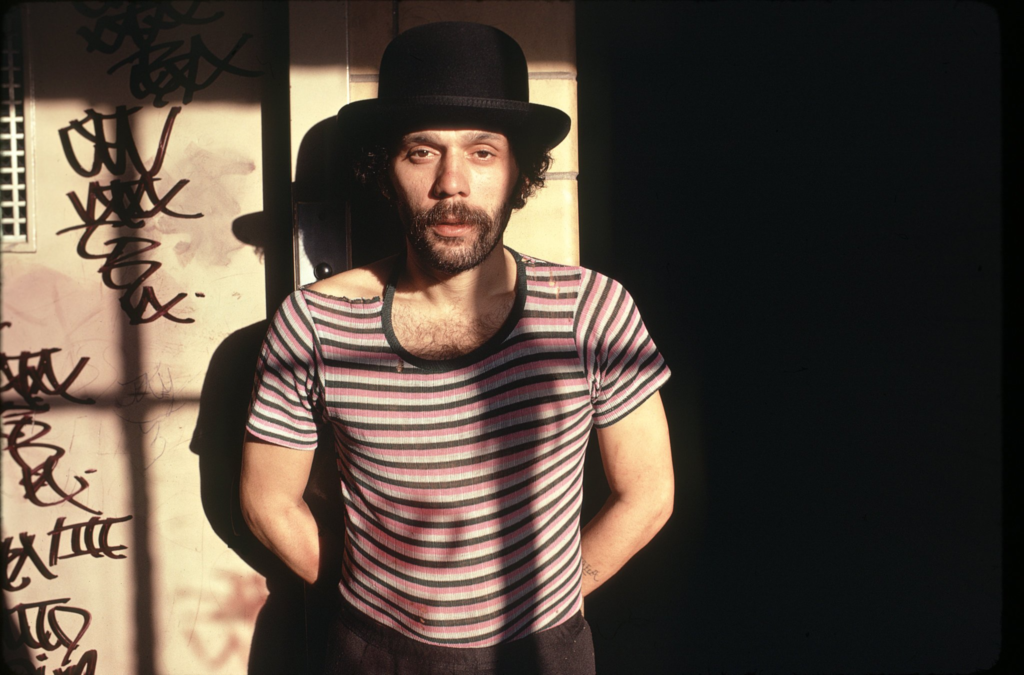Group 5
Our group focused on analyzing and looking into the “Lower East Side” poem, by Miguel Pinero.
The Lower East side is located in manhattan and the words mean nothing to someone who had not lived there. However to Miguel Pinero it was a way of life and his home. The description in the poem does not depict the neighborhood as a beautiful and safe one however it talks about the truth such as the criminals and imperfections. The reiteration of spreading his ashes throughout the Lower East side shows how much he means it and his love for the neighborhood. There he fits in with others and he is with his community. I find this poem relatable because I used to live in Sunset however I moved to Flatbush at the age of 11. I feel out of place here, on the other hand in the sunset I feel with my people. In flatbush I feel alienated and not as comfortable as I did with sunset although, just like Miguel Pinero, had gangs and drugs flowing throughout my neighborhood. Miguel Pinero was a co-founder of the Nuyorican literary movement which is empowering for Latino’s as a whole. Miguel Pinero was also part of the young lords who shook the world and even held meetings in the Lower East Side. This neighborhood is bigger than just a home; it is also a piece of history and a reminder that we are strong together. The young lords not only gave food to the needy and created hospitals in order to help out other minorities protested in ways that affected the city so that they were not to be ignored and it was so empowering to all hispanics. The Nuyorican put the beliefs of struggling latinos into words and the young lords put it into action and I think it is one of the greatest things I have ever learned about in both of my PRLS classes.



